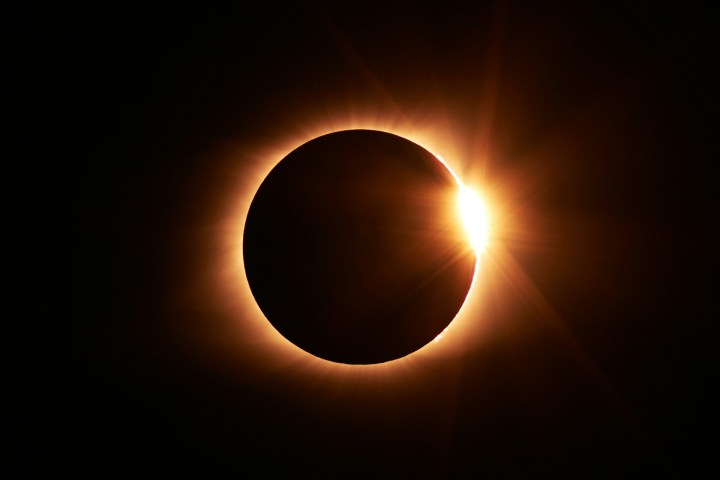
A special Delta Air Lines flight designed to offer passengers a unique view of April’s total solar eclipse sold out within hours of the seats going on sale.
Delta flight 1218 will take off from Austin, Texas and head toward Detroit on April 8, taking it on a route that will allow those on board to spend as much time as possible directly within the eclipse’s path of totality.
The aircraft used for the flight will be an Airbus A220-300, which was chosen in part due to its extra-large windows, Delta said in a release.
The flight will soar above the clouds to give passengers an unparalleled view of a phenomenon that sees the moon pass directly in front of the sun, causing a giant shadow to fall upon parts of Earth.
Delta notes in its small print that while the flight has been designed “to maximize time within the path of totality, this is subject to change due to factors outside of Delta’s control such as weather and air traffic control that could impact timing and aircraft.”
The U.S. carrier also notes that if you were unable to grab a seat on its special flight, some regular flights on the same day also offer prime eclipse-viewing opportunities, specifically:
DL 5699, DTW-HPN, 2:59 pm EST departure, ERJ-175
DL 924, LAX-DFW, 8:40 am PST departure, A320
DL 2869, LAX-SAT, 9:00 am PST departure, A319
DL 1001, SLC-SAT, 10:08 am MST departure, A220-300
DL 1683, SLC-AUS, 9:55 am MST departure, A320
April’s total solar eclipse will see the narrow path of totality pass over Mexico (from Sinaloa to Coahuila), the U.S. (from Texas to Maine), and Canada (from Ontario to Newfoundland). A partial eclipse will cover almost all of North America and a part of Europe.
The last total solar eclipse took place in April 2023 and was viewable from parts of Australasia, while the last one that was viewable from a good chunk of North America was in August 2017.
If you miss the one in April, the next opportunity will be in August 2026, with the event viewable from the northern reaches of North America, as well as parts of Europe and Africa.
But remember — whether you watch an eclipse from an aircraft or, more likely, the ground, be sure to protect your eyes by only looking at it through a special viewer or glasses. NASA offers some important advice on eye safety for those wishing to witness this extraordinary celestial event.


